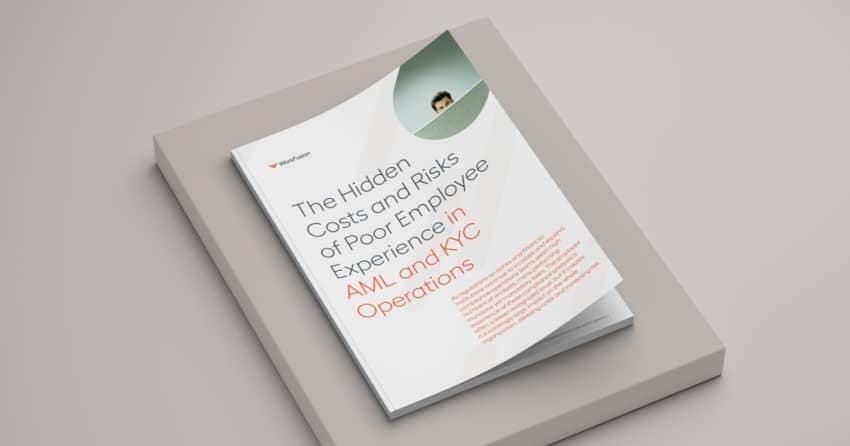“Jack” is a financial advisor at a major wirehouse firm. Last year, due to the pandemic, Jack was among the 34% of wirehouse advisors who reported reduced levels of support from the home office and 29% who cited disruption of business services. Eventually, he wound up leaving his firm, which not coincidentally had received low overall advisor satisfaction scores.
Why the sad ending?
According to the 2021 J.D. Power U.S. Financial Advisor Satisfaction Study, technology and operations support are the most significant pain points among unsatisfied employees. Just 35% of these dissatisfied advisors report that their firm’s technology offerings were upgraded during the past year, and only 12% say they have had problem-free experiences with their firm.
Clearly, for employees, updated and integrated technology is essential. Employees prefer more seamless digital experiences as more work is performed remotely.
What’s the solution?
Digital elements are becoming progressively more extensive and integral aspects of the overall employee experience, especially with the expansion of remote and hybrid work environment options. To give employees the seamless experience they seek, automation is the key.
Automation encourages increased productivity
It’s logical that by lightening employees’ workload, companies could increase their productivity: Comprehensive solutions that include automation can speed up day-to-day business tasks, reduce tedious work, and improve employee satisfaction.
In one example, this is the case for LPL Financial, the leading provider to independent financial advisors in the U.S. As part of a strategic automation initiative, LPL deployed WorkFusion’s Intelligent Automation Cloud to address critical document processing challenges for service, trade, and operations teams.
As a result, the company achieved the following impressive results:
- real-time processing and negotiation
- faster account opening
- improved employee satisfaction
(Explore their success story, complete with figures and other critical details here.)
Automation ensures best-in-class customer experiences
To provide exceptional customer service, businesses must ensure their employees interface with them in real-time. Companies can use AI to better understand customers’ problems, and then use machine learning to quickly suggest effective solutions.
What does this have to do with employee satisfaction? Employees are the ones who actually use these technological tools to fulfill customers’ needs. With automation, employees can perform multivariate analysis to immediately answer a complex customer question with ease.
Just look at Standard Bank, another WorkFusion customer. They have deployed Intelligent Automation to automate over 100 processes, dramatically decreasing account opening times, reducing risk, and allowing employees to focus on delivering superior customer service.
Automation is easier than it seems
When introducing new technology, it’s crucial to have a strategy to ensure acceptance, measure user experience, and overcome fears associated with innovation.


We picked WorkFusion because they provide a ‘learning automation platform,’ which means our employees did not have to become programmers to use it.


Read more about our collaboration with Deutsche Bank and their customer story.
Enterprises evolve due to technological advances, changing worker expectations, and other business and cultural factors. Automation protects businesses from the hidden costs and risks of inefficient, mundane work. This technological innovation meets employees’ changing needs, offers them more flexibility, and can make them happier and more productive. Automation is the next evolutionary stage for business, and we are here to help. Let us know how we can help you learn more.































